Photographing children can be one of the most challenging yet beautiful aspects of photography. They won’t be still. They won’t smile. They are tired. They don’t listen. These are some of the challenges we face when we photograph children. But there are ways to get around these challenges and produce beautiful and authentic photos.
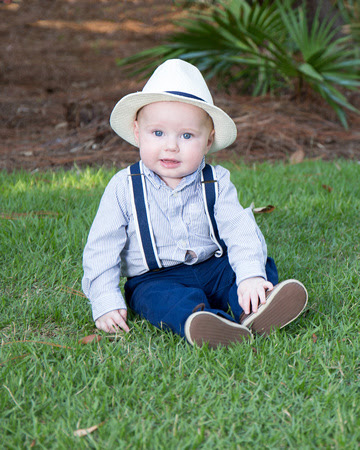
Capturing pictures of children can be challenging, but it’s worth it every time when they give you a perfect pose.
I hope these tips help your ability to capture photos, communicate, and overall enjoy your experience with the wonderful realm of children’s photography.
1. Don’t pose them (much)
Many photographers struggle with this one. It’s easy to get locked into the idea that you need to have the child pose and smile. Especially avoid telling them to say something cliche, like “cheese.” Too much posing and script-like reactions prevent authentic emotions.
Candid moments are the best. Let the child wander, explore, and be free. You have much more opportunity to capture raw emotion and really see their personalities. From my experience, children are much happier to go along with your photography when they have freedom of movement.
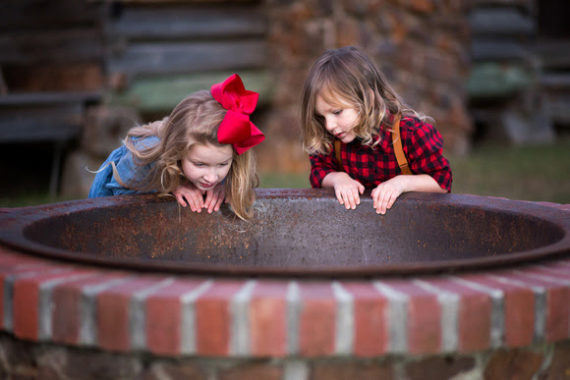
Children love to explore. This makes for unique, natural moments.
2. Get down where they are
Ever tried taking a photo of a child while standing? Chances are you’re much taller than them and the photos will reflect that. You want to avoid looking down at them from every picture.
Solution? Get down on your knees! This also has the added benefit of making the child feel more comfortable since you are down at their level. You can even get down and play with them to have them open up for you more. You have a much better chance of getting a warm reaction this way.
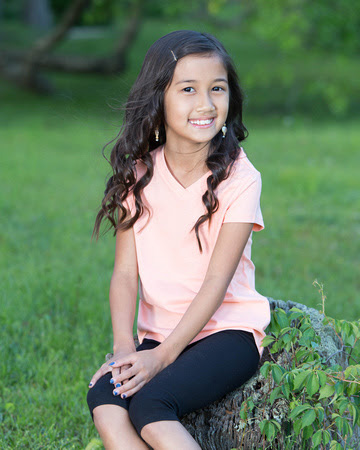
Getting kids to your level is a good step to building trust and have them open up.
3. Use natural light
I love any and all types of outdoor photography, so natural light, to me, is a key factor for great pictures. Children have little patience, so photographing them in a studio can sometimes be a challenge. You have to set up the lights and props and try to pose them effectively. Outside, they can be free and will have much more patience because of this.
The best times for natural light is when the sun is lower and less harsh, specifically sunrise and sunset. Position the child so that the light works for you and not against you. You can consider utilizing a flash but it can be difficult because children don’t like sitting still.
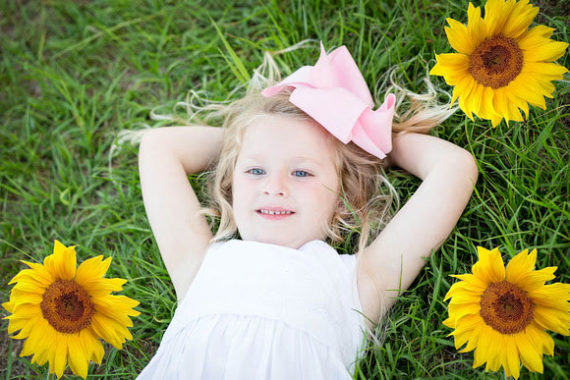
Natural light is a fantastic method for capturing the personality and emotions of a child.
4. Involve other kids
I have found that one of the best ways to get tricky children to do what I want them to do is to get more kids in the picture.
That little boy or girl is not paying attention or won’t sit still—happens all the time! Sometimes, introducing a friend or sibling does just the trick.
5. Use a wide aperture and fast shutter speed
If you are photographing children that are moving around, you will quickly realize you need a fast shutter speed. But to use faster shutter speed, we have to pay attention to the light.
Are you outdoors? Is it sunny? Maybe it’s dark?
If you’re outdoors and you have daylight, you should be able to utilize a higher shutter speed like 1/250 second. Stand close to your subject and use the smallest aperture possible (e.g. f/2). A narrow depth of field helps your subject to look extremely sharp and stand out.
If indoors, pay attention to the light available. If you don’t have much, don’t be afraid to raise your ISO between 800 and 1600. With a faster shutter speed and little light, you will need to raise your ISO to prevent underexposure. Sharp and grainy is still better than blurry and grain-free. Also, if you’re going to use a flash indoors, avoid on-camera flash. It creates shadows behind the child and on her face. A better alternative is to use an external flash to bounce the light off the ceiling, minimizing shadows.
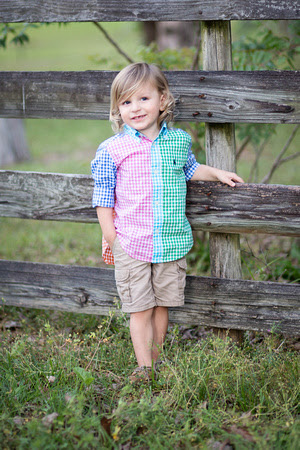
Soft, natural light and a combination of exposure settings like narrow aperture and low ISO made this shot possible.
6. Smiles aren’t everything
Getting children to smile is not one of the easiest aspects of photographing children. Fortunately for us, it doesn’t always have to be about that. There are many awesome shots you can get that don’t require a smile.
Catch them being curious or lost in thought.
Photograph them from behind or from above; don’t just focus on their faces.
Take pictures of their hands or feet. Capture what they’re actively doing, like coloring or playing soccer.
This is also the perfect setup for candid photos. When left to their own devices, children give us a myriad of amazing opportunities for photography.
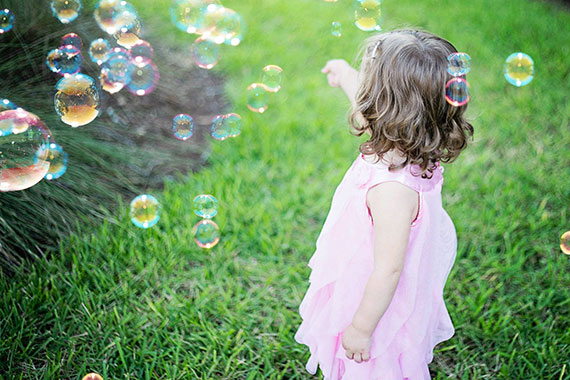
A picture from behind can have as much character as a picture from the front.
7. Always be ready
There’s nothing worse than following a child around waiting for the best shot just to miss it because I wasn’t ready!
Have your camera ready to go, don’t change out your prime lens in the middle of a session because you never know when the opportunity for that perfect shot will arise. Take as many photos as you can and check them later. While you’re busy verifying you got a good shot, your subject is performing a precious pose that you are now missing.
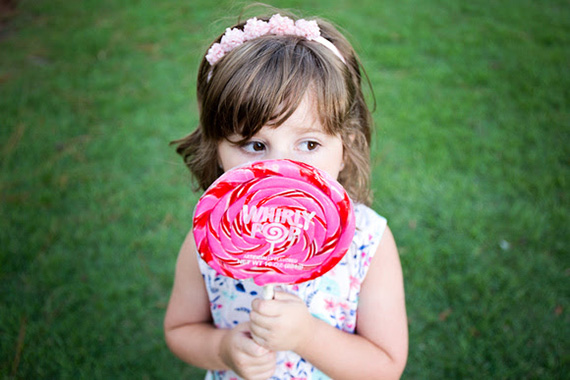
Be ready, always! Take as many pictures as you can. The chance of getting a great picture becomes much more possible.
Children can be tough, and often near impossible, to capture photos effectively. But the times when everything falls together produce some of the most magical content possible.
What techniques do you use to photograph children? Let me know in the comments!
About the Author
Christi Pennington is a professional family photographer located in Destin, FL. She specializes in all things beach photography. Her passion for photography stems from her sister’s work in a busy portrait studio in Atlanta, GA. There, she learned the basics of photography on a Canon film SLR. She is also a wife and the mother of two wonderful children who she spares no expense in photographing constantly!
Go to full article: 7 Crucial Tips for Photographing Children
What are your thoughts on this article? Join the discussion on Facebook
PictureCorrect subscribers can also learn more today with our #1 bestseller: The Photography Tutorial eBook
The post 7 Crucial Tips for Photographing Children appeared first on PictureCorrect.
from PictureCorrect http://bit.ly/2YfacHg
via IFTTT






0 kommenttia:
Lähetä kommentti